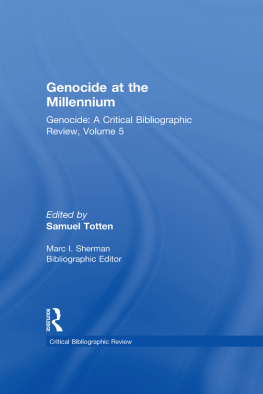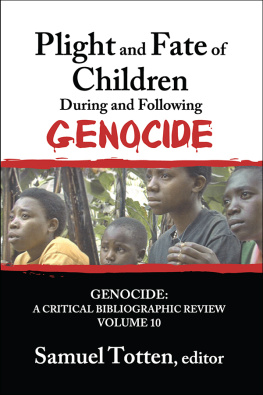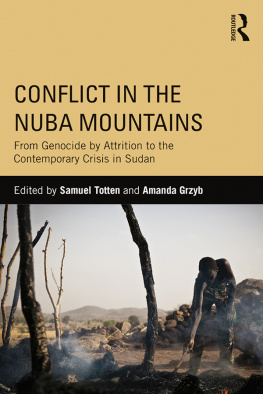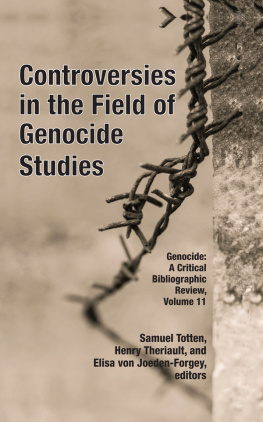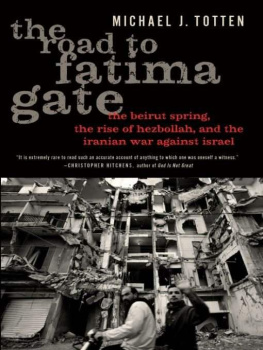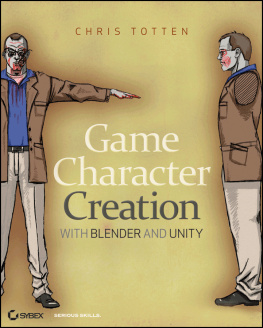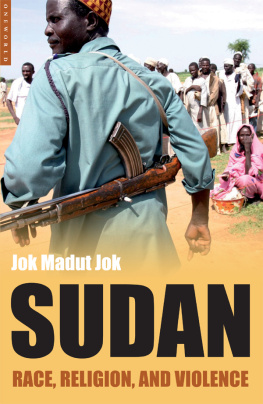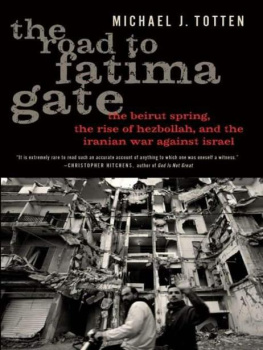On the Cover: Kathleen Barta. Flight Out. 2013. Watercolor. 17 24.
First published 2012 by Transaction Publishers
Published 2017 by Routledge
2 Park Square, Milton Park, Abingdon, Oxon OX14 4RN
711 Third Avenue, New York, NY 10017, USA
Routledge is an imprint of the Taylor & Francis Group, an informa business
Copyright 2012, 2015 by Taylor & Francis
All rights reserved. No part of this book may be reprinted or reproduced or utilised in any form or by any electronic, mechanical, or other means, now known or hereafter invented, including photocopying and recording, or in any information storage or retrieval system, without permission in writing from the publishers.
Notice:
Product or corporate names may be trademarks or registered trademarks, and are used only for identification and explanation without intent to infringe.
Library of Congress Catalog Number: 2011042728
Library of Congress Cataloging-in-Publication Data
Totten, Samuel.
Genocide by attrition : the Nuba mountains of Sudan / Samuel Totten.
p. cm.
Includes bibliographical references and index.
ISBN 978-1-4128-4750-6
1. Genocide--Sudan--Nuba Mountains Region. 2. Genocide survivors--Sudan--Nuba Mountains Region--Interviews. 3. Nuba (African people)--Crimes against--Sudan--Nuba Mountains. 4. Nuba (African people)--Civil rights--Sudan--Nuba Mountains. 5. Sudan--History--Civil War, 1983-2005--Atrocities. 6. Sudan--Ethnic relations. I. Title.
DT155.2.N82T68 2012
962.4043--dc23
2011042728
ISBN 13: 978-1-4128-5671-3 (pbk)
ISBN 13: 978-1-4128-4750-6 (hbk)
This book is dedicated to my wife, Kathleen Marie Barta, for her infinite patience and incredible support as I continue to travel to Africa for prolonged periods of time in order to conduct research into the ongoing war in the Nuba Mountains.
Most well-educated people are, at a minimum, somewhat knowledgeable of the Ottoman Turk genocide of the Armenians (19151919), the Holocaust (19331945), the Khmer Rougeperpetrated genocide of their fellow citizens in Cambodia (19751979), the 1994 Rwandan genocide (April 7, 1994 to early June, 1994), the Serb-perpetrated genocide in Srebrenica (July 1995), and Darfur (20032008). Many fewer are aware of the facts of the 1971 genocide in Bangladesh, the 1933 Soviet Manmade Famine in Ukraine, and the German genocide of the Hereros in 1904. When it comes to the Government of Sudans (GoS) genocidal attack against the people of the Nuba Mountains in the late 1980s and early 1990s, the number of individuals who are even aware of it drops precipitously.
The aim behind this book is to help ameliorate the latter situation. In doing so, I have two main goals: (1) document atrocity crimesthe forced starvation of the Nuba Mountains peoplethat few across the globe, including human rights activists and many genocide scholars, are aware of, let alone conversant with; and (2) provide a powerful resource for professors and university students who teach and study contemporary examples of genocide.
The introductory essay should provide readers with a solid sense of the antecedents to the genocidal actions of the GoS in the Nuba Mountains in the late 1980s and early- to mid- 1990s, the main actors, how the Nuba were forced into starvation, and how those who managed to survive had to resort to eking out a meager existence by eating roots and leaves. Readers will also gain valuable insights into the international communitys response, the ramifications of the genocidal assault on the Nuba Mountains people, and the dangers of impunity as illustrated by the recent GoS attacks (June 2011 through today, February 2015) against the civilians of the Nuba Mountains. This book, then, provides a valuable resource for professors who wish to teach about a little-known genocide in a state infamous for its propensity to reel off crimes against humanity, war crimes, and genocide whenever its leaders believe it might be effective in stanching any opposition to their dictatorial rule.
In July 2010, while completing a book of interviews (Oral and Documentary History of the Darfur Genocide) on the Darfur crisis, I traveled to the Nuba Mountains in Sudan to interview black Africans from Darfur residing in a small internally displaced persons (IDP) camp just outside the town of Kauda. At the end of each day of interviewing, I returned to a compound in Kauda where I met and spoke with many local citizens. During the course of our conversations, I asked them whether they had resided in the Nuba Mountains in the late 1980s to mid-1990s, and if so, whether they had experienced the attacks carried out against the people of the Nuba Mountains by GoS troops. Many had, and a good number shared their stories with mestories about the destruction of their villages and farms and the starvation that ensued due to the purposeful and systematic actions of the GoS. I decided that since I was in the Nuba Mountains and the people were so willing to share their stories, I should go ahead and conduct interviews with as many survivors as possible. I felt this was particularly important since the very same regime that perpetrated genocide by attrition (which is what the genocide in the Nuba Mountains is commonly referred to by scholars) in the Nuba Mountains also committed genocide against the black Africans of Darfur. That July I conducted just over a half dozen interviews with survivors of the genocide by attrition to which they and their people had been subjected.
As I acquired more information about life and death during that period, I became increasingly interested in digging deeper into the experiences of the people of the Nuba Mountains, and thus I decided to revisit the region again. Ultimately, I ended up returning once in January 2011 and once again in December 2012 in order to conduct further interviews with the survivors of the genocide by attrition.
Very few books have been published about the Nuba Mountains genocide, and fewer yet include excerpts of interviews with survivors: In the Name of God: Repression Continues in Northern SudanHuman Rights Watch Report 6, No. 9 (New York: Human Rights Watch, 1994); Facing Genocide: The Nuba of Sudan by Alex de Waal and Yoanes Ajawin (London: African Rights, 1995); and The Right to be Nuba: The Story of a Sudanese Peoples Struggle for Survival, edited by Suleiman Musa Rahhal (Lawrenceville, NJ: The Red Sea Press, Inc, 2001). Granted, the excerpts are, in and of themselves, quite powerful, but many are often extremely short and do not provide an in-depth account of what the survivors witnessed and experienced. In fact, none of the excerpts even begin to approach the detail found in many of the recorded accounts and oral histories of such genocidal tragedies as, for example, the Armenian genocide, the Holocaust, the Cambodian genocide, or the 1994 Rwandan genocide. (It is worth noting that another book, Conflict in the Nuba Mountains: From Genocide by Attrition to the Contemporary Crisis in the Nuba Mountains, which was recently published by Routledge, contains a fascinating interview with Dr. Tom Catena, the only surgeon based in the Nuba Mountains.)



